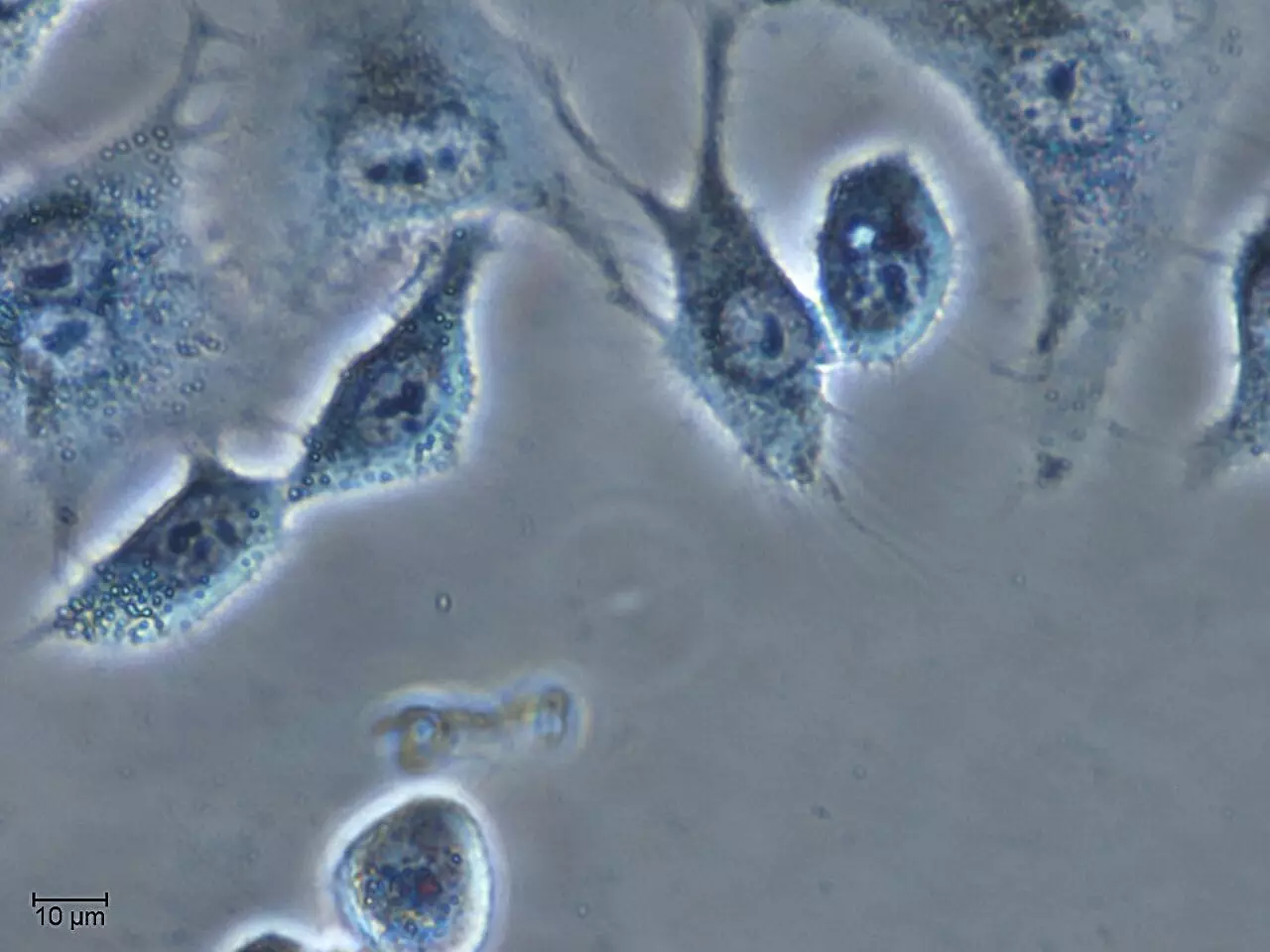Chemotherapy has long been a staple in the fight against cancer, saving countless lives. However, the side effects and lack of selectivity associated with these treatments have pushed researchers to explore new avenues for more targeted therapies. A recent study published in Cell Reports Physical Science delves into the potential of molecular “cages” made of pseudopeptides to selectively eliminate cancer cells in acidic microenvironments, offering new hope in the field of cancer treatment.
Chemotherapy, while effective, faces two significant challenges: lack of selectivity and the development of chemoresistance. The indiscriminate nature of chemotherapy drugs can lead to undesirable side effects in patients, while cancer cells can develop resistance to these drugs, rendering treatments ineffective for some individuals. Additionally, the acidic pH environment created by cancer cells presents a unique challenge, as it enhances their resistance and ability to spread to other parts of the body through metastasis.
The study conducted by a scientific team from the Institute for Advanced Chemistry of Catalonia (IQAC-CSIC) explores the use of molecular “cages” derived from fluorine-substituted amino acids to target cancer cells in acidic environments. These “cages” have shown promise in selectively killing cancer cells at slightly acidic pH levels, while remaining harmless to healthy tissues at physiological pH levels. This selectivity offers a potential solution to the toxicity challenge posed by ionophores in cancer treatment.
Lead author Ignacio Alfonso and his team have made significant progress in understanding the mechanism of action of these molecular “cages.” By studying a broad family of “cages” with varying numbers of fluorine atoms in different positions, researchers were able to elucidate the chloride capture capacity, transport process, and toxicity levels at different pH levels in cell cultures. Through cutting-edge theoretical and experimental approaches, the team identified a “cage” with even higher selectivity for killing cancer cells in acidic environments, paving the way for future developments in cancer treatment.
The findings of this study hold great promise for the future of cancer treatment. By targeting cancer cells in acidic microenvironments with molecular “cages,” researchers are one step closer to developing more effective and less toxic therapies for patients. The continued exploration of ionophores and their potential in cancer treatment is crucial for overcoming the challenges associated with traditional chemotherapy. As researcher Roberto Quesada notes, these results will not only improve our understanding of cancer treatment but also enhance the design of future therapies with even greater selectivity and efficacy.


Leave a Reply